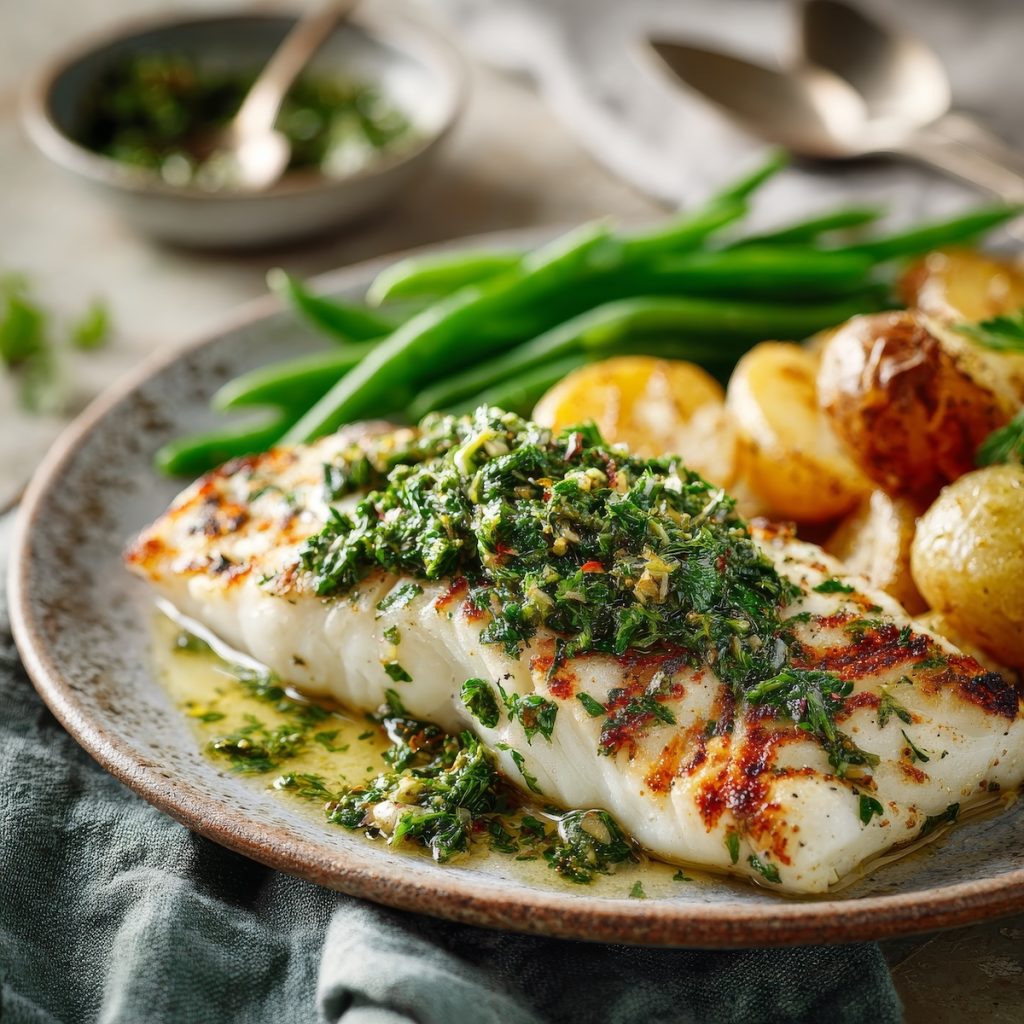Gremolata Recipe: The Simple Italian Condiment That Elevates Everything
Gremolata is a simple, fresh condiment that packs a punch. It’s made from just three main ingredients: parsley, garlic, and lemon zest. That’s it.
No fancy sauces or complicated steps. Yet, gremolata brings a bright, zesty flavor that can transform any dish.
You’ll often see gremolata served with rich foods like osso buco or roasted meats. It cuts through the heaviness with its fresh, herbaceous bite.
But don’t limit it — gremolata works wonders on grilled veggies, seafood, pasta, and even salads. It’s like a little flavor bomb that lifts your dish to the next level.
Making gremolata is fast and easy. You just finely chop fresh parsley and garlic, then mix in lemon zest. No cooking needed.
You want your gremolata to be bright and fresh, so use good-quality parsley and fresh lemons. The aroma is amazing!
In this post, I’ll show you how to make gremolata step-by-step. Additionally, I’ll share tips for incorporating it into various dishes.
Whether you want to brighten up dinner or add a pop of flavor to leftovers, gremolata is your new secret weapon in the kitchen. Let’s get started!
Gremolata
Ingredients
- 1 cup fresh plate-leaf parsley finely chopped
- 2 cloves garlic finely minced
- zest 1 lemon
- 1 teaspoon fresh rosemary or mint optional add-in
- drizzle of olive oil optional add-in
Instructions
- Wash and dry the parsley thoroughly. Remove tough stems and finely chop the leaves.
- Peel and finely mince the garlic. You can also use a microplane for a smoother texture.
- Zest the lemon using a fine grater or microplane, being careful to avoid the bitter white pith.
- Combine the parsley, garlic, and lemon zest in a small bowl. Mix well.
Notes
Foods That Pair Well with Gremolata & Why
| Dish | Description | Why Gremolata Works |
|---|---|---|
| Veal Osso Buco | Slow-braised veal shanks in a rich tomato and wine sauce | Cuts through the richness with fresh, zesty brightness |
| Grilled Fish | Simple grilled white fish like sea bass or cod | Adds a fresh, citrusy lift that complements delicate flavors |
| Roasted Vegetables | Roasted carrots, Brussels sprouts, or cauliflower | Adds a vibrant, herbal contrast to the caramelized veggies |
| Pasta | Light pasta dishes with olive oil or butter sauce | Brightens and adds texture without overpowering the pasta |
| Grilled Chicken | Juicy grilled or roasted chicken breasts or thighs | Enhances flavor with fresh herbs and lemon zing |
| Risotto | Creamy risotto, especially mushroom or Parmesan varieties | Cuts richness and adds a fresh, aromatic note |
| Soup | Light vegetable or chicken soups | Adds a burst of fresh flavor just before serving |
| Salads | Simple green salads or grain salads | Boosts freshness and adds a nice herbal kick |
Gemolata Background
Gremolata has its roots in northern Italy, specifically in Milan. It’s a classic accompaniment to osso buco alla Milanese, a traditional dish of braised veal shanks. While the origins aren’t tied to a specific date or person, gremolata has long been a staple in Italian home cooking, especially in Lombardy.
The word gremolata (sometimes spelled gremolada) likely comes from the Milanese dialect word gremolà, meaning “to reduce” or “chop finely.”
That’s exactly what you do to make it — finely chop parsley, garlic, and lemon zest. These three ingredients are the core, but over time, variations with orange zest, anchovies, or herbs like mint or rosemary have emerged.
Gremolata wasn’t meant to be a stand-alone condiment. Its role was always functional — to wake up the palate and cut through the richness of slow-cooked meat. It brings balance and contrast, which is a hallmark of great Italian cuisine.
Today, gremolata has expanded beyond Milan and beyond Italy. Chefs and home cooks around the world use it to add a punch of freshness to all kinds of dishes. Its simplicity, versatility, and bold flavor keep it timeless.
Similar to Gremolata
Many cultures have their own versions of herb-based condiments that, like Italian gremolata, add freshness, brightness, and balance to rich or savory dishes. These sauces often combine herbs, garlic, citrus, and sometimes spices or vinegar to enhance flavor without overpowering the food.
The chart below highlights similar condiments from around the world, showcasing their unique ingredients and culinary roles.
| Name | Country | Description |
|---|---|---|
| Gremolata | Italy | A mix of lemon zest, garlic, and parsley used to brighten rich dishes like osso buco. |
| Chimichurri | Argentina | A sauce of parsley, garlic, oregano, vinegar, and oil, served with grilled meats. |
| Salsa Verde | Italy | Italian green sauce made with parsley, garlic, capers, anchovies, vinegar, and olive oil. |
| Pistou | France (Provence) | A blend of basil, garlic, and olive oil—similar to pesto but without nuts or cheese. |
| Mojo Verde | Canary Islands (Spain) | A green sauce with cilantro, garlic, green peppers, olive oil, and vinegar. |
| Zhoug | Yemen | A spicy herb sauce made with cilantro, garlic, chili peppers, and spices. |
| S'chug | Israel | An herby, spicy condiment similar to Zhoug, often served with falafel or shawarma. |
| Chimichurri Verde | Uruguay | Similar to Argentinian chimichurri but often includes red pepper flakes and lemon juice. |
| Ajika | Georgia | A hot, aromatic paste with herbs, garlic, and chili peppers, often used with meats and bread. |





